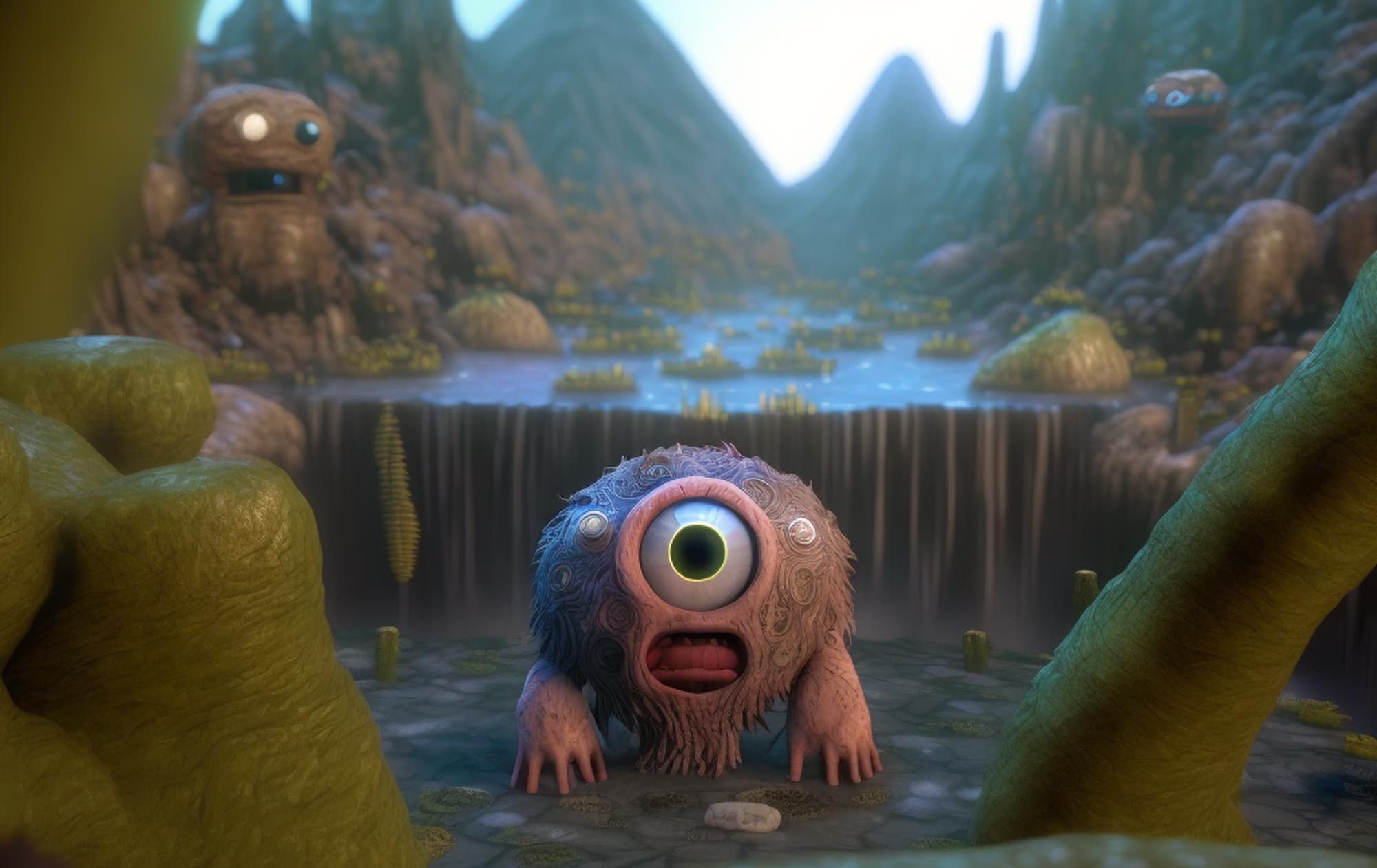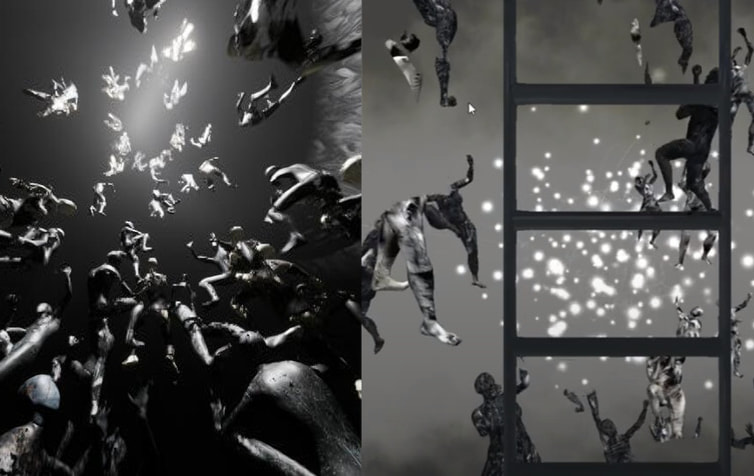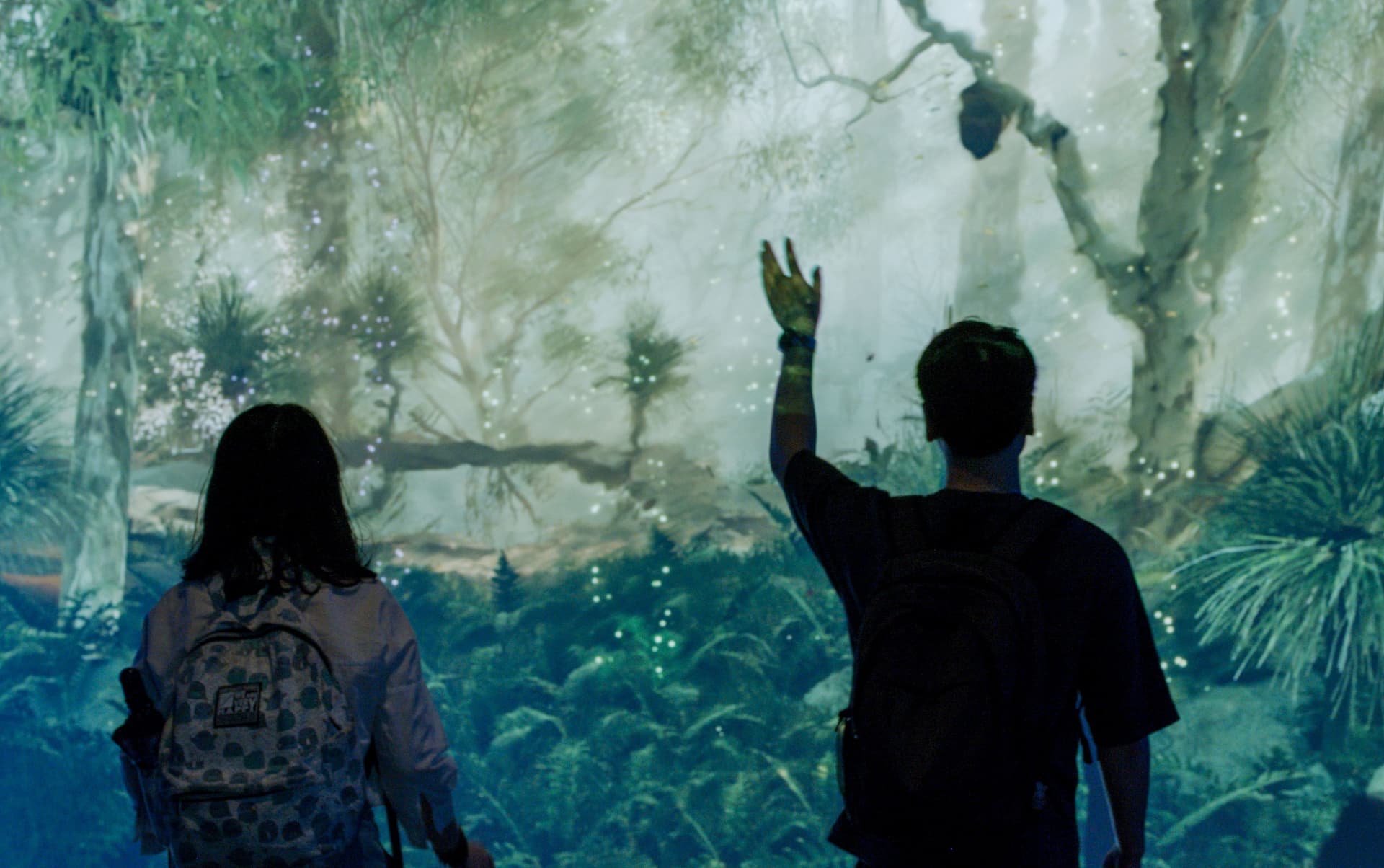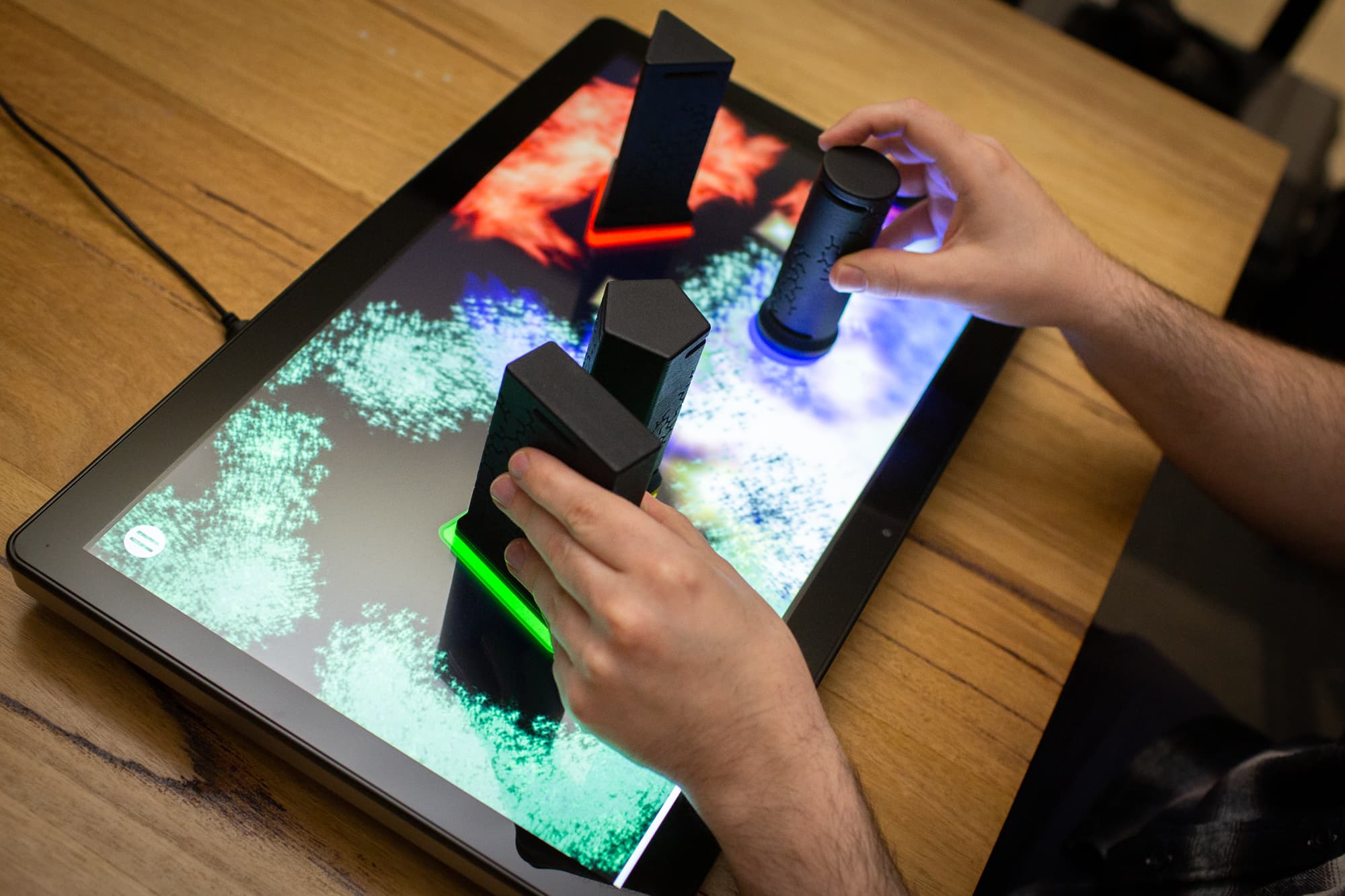Re-shaping the NZ Plastics EcoSystem
Engineers (plastics), Designers (digital) and Business experts (economists) working together with leaders across the plastics ecosystem to introduce new polymer recycling technologies and dynamic digital tools to assist more circular participation in this complex system. The CODE design team are exploiting the superpowers of game engines to build complex market simulations and modelling systems key to influencing and implementing interventional solutions. Project lead: Professor Deb Polson.
Virtual Macquarie Island
VMI uses a combination of scientific visualization, computer animation and game engine methodologies to create a novel form of immersive experiential documentary. VMI combines satellite, and other data sources with procedural modelling and animation workflows to create a prototype digital exhibit and environmental simulation. Project lead: Dr Gina More.
Dark Forest
Dark Forest is a single-player game based on the dark forest theory of the internet. Players first feel vulnerable, then learn to master a language that opens up explorable space while they engage. Dark Forest is built in Unreal Engine and features artworks and monster designs from high-fidelity 3D scanned plasticine models inspired by Jim Henson’s 80s movies Dark Crystal and The Labyrinth. Project lead: Dr Tom Penney.
Locus Amoenus
Locus Amoenus (Place of Delight) is an ambient audio-visual installation in a public hospital lounge that was conceived to foster calm, focus and place making for the general public. The large screen component depicts a window-like view of a naturalistic landscape that is sometimes roving, sometimes resting, and perpetually animated. This real-time audio-visual artwork represents the local weather through wind, rain, cloud cover and visibility (driven by actual real-time data). Project lead: John Power.
Existential Crisis
Existential Crisis is an interactive experiential Virtual Reality artwork, that evocatively explores the relationship with the struggle of humanity to create and perceive meaning in the world that they experience, portrayed through the lens of embodiment. Viewers will wear a VR headset and participate in a time-based piece that challenges our normal perceptions of location and spatial relationships. Interactive elements consist of head-tracking and hand-tracking. Project lead: Dr Stephanie Andrews.
Dynamic Forest Immersions
The Dynamic Forest is an experiment in transforming mundane spaces into magical ones. Visitors encounter a familiar environment filled with local Victorian plants and wildlife that respond to their presence and movement. A mashup of gaming technologies, projection mapping and industrial sensors is adapted to embody people in a mixed reality between the expanding urban and vulnerable nature. Project lead: Professor Deb Polson.
EDNA
DNA is an interactive software application designed for rehabilitation of individuals with an acquired brain injury. Brain injured patients frequently exhibit impaired upper-limb function including reduced range of motion. The EDNA device caters for this level of disability by providing patients with an intuitive tablet device and goal directed tasks that affords basic gestural control. Project lead: Associate Professor Johnathan Duckworth.






